Are you looking for the perfect temperature to wrap your brisket? Look no further! Barbecue has been enjoyed by millions of people around the world for centuries, yet some may be unsure on how to properly prepare it – particularly when it comes to wrapping a beef brisket. In this blog post, we’ll provide detailed instructions on what temperature to wrap brisket that your brisket is cooked perfectly, plus why specific temperatures are important and how they affect the texture and flavor of your final product. Whether you’re an experienced barbecue master or just getting started in the art dining, this blog post will help you conquer perhaps the most difficult element of making a sensational dish: Wrapping Brisket.
Why Do You Want To Wrap A Brisket?
Wrapping the brisket at a specific temperature will prevent what is known as “the stall” in the cooking process. It also provides greater control over the final appearance of the bark and helps retain moisture that would otherwise be lost while the brisket cooks.
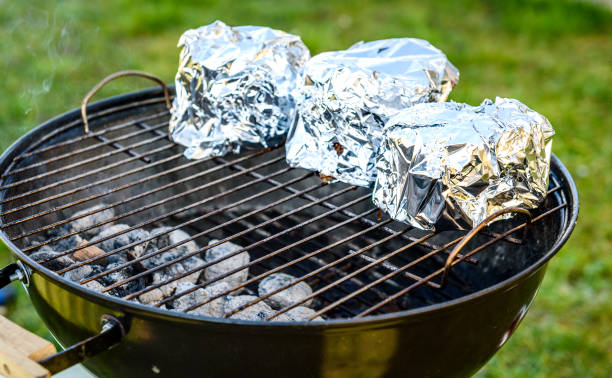
What Are The Pros And Cons Of Wrapping Brisket?
To wrap the brisket, ensure the temperature is measured at regular intervals of at least every 30 minutes. It’s important to note that foil, which provides a tight seal, can hasten the cooking process. However, this tight seal may also result in the bark becoming slightly moist and soft during the final stage of cooking. This can be counteracted by unwrapping the brisket towards the end of cooking and placing it back onto the grill to allow for a crispier bark.
Overall, wrapping a brisket at a specific temperature has its pros and cons. On one hand, it helps reduce cooking time and retains moisture, resulting in a juicier end product. On the other hand, it can also affect the texture and appearance of the bark. It ultimately comes down to personal preference and experimentation to find the perfect balance for your taste.
How To Properly Wrap A Brisket?
See more : How To Cook Frozen Crab Legs | Get It Right Every Time
To properly wrap a brisket, you will need heavy-duty aluminum foil or butcher paper. Start by seasoning your brisket and placing it onto the grill at the desired temperature. Once the internal temperature of the brisket reaches around 160°F (71°C), it’s time to wrap. Using either aluminum foil or butcher paper, tightly wrap the brisket to create a “Texas crutch” – a method used to speed up the cooking process and retain moisture. Make sure there are no holes or openings that could let heat escape. Place the wrapped brisket back onto the grill until it reaches an internal temperature of 200°F (93°C) for a perfectly tender and juicy brisket.
How Long Should I Be Cooking Brisket After Wrapping?
Close the lid on the smoker and, while maintaining a consistent temperature of 225 degrees F, continue cooking until the internal temperature of the brisket reaches 202 degrees F in the thickest part of the meat (which typically takes anywhere from 5-8 hours). Once done, allow the brisket to rest, then proceed to slice and serve. Remember to always use a meat thermometer to ensure the brisket is fully cooked and safe to eat.
What Temperature To Wrap Brisket?
Most barbecue experts suggest wrapping brisket when it reaches an internal temperature of 165-170 degrees Fahrenheit. This is typically when the brisket has reached its stall – a period of time where the temperature of the meat plateaus and can even decrease slightly before rising again. It’s important to wrap during this period to prevent moisture loss and maintain tenderness After knowing the answer to the question what temperature to wrap brisket. For more relevant and useful information, please refer to this new information.
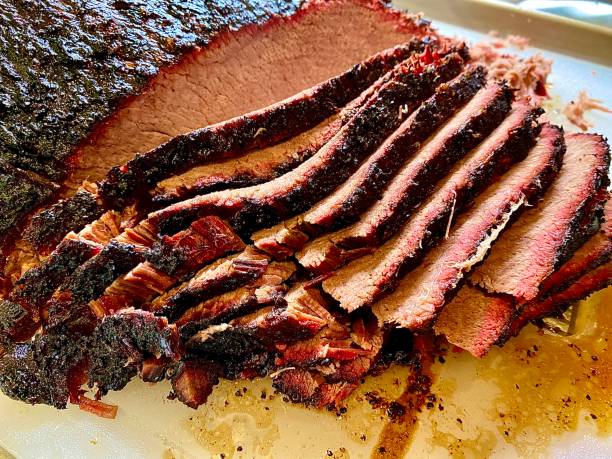
What Should I Wrap My Brisket In?
Here are several options for wrapping your brisket:
Wrapping Brisket In Foil
See more : How Many Pints in a Litre? | Get the Answer Here
Foil is a popular choice for wrapping brisket as it creates a tight seal and can help retain moisture. It also speeds up the cooking process, resulting in a faster cook time. However, as mentioned earlier, it may also lead to a softer bark.
Wrapping Brisket In Butcher Paper
Wrapping brisket in butcher paper is the favored method of Texas barbecue joints, as it speeds up the cooking time. Butcher paper allows some smoke to penetrate the meat, which foil does not. Professional cooks often smoke multiple briskets at a time, providing them with plenty of practice.
Wrapping Brisket In Parchment Paper
Wrapping brisket in parchment paper is another option for those looking for a happy medium between foil and butcher paper. It allows some smoke to penetrate the meat while still retaining moisture, but doesn’t speed up the cooking process as much as butcher paper.
When Should You Wrap A Brisket?
Most barbecue experts suggest wrapping brisket when it reaches an internal temperature of 165-170 degrees Fahrenheit. However, some may choose to wrap earlier or later depending on personal preference and the desired texture of their brisket. Ultimately, it’s important to monitor the internal temperature of the brisket closely and make a decision based on that.
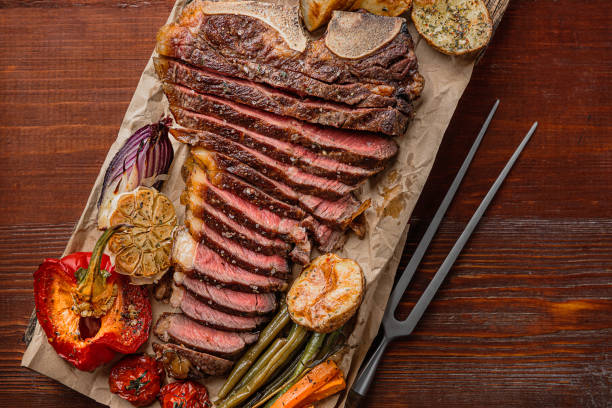
Options For Wrapping Your Brisket
There are a few additional options for wrapping your brisket that you may want to consider:
- Naked: Cooking the brisket without any wrapping at all is known as cooking “naked”. This allows for a slower cook time and results in a firmer bark. However, it also increases the risk of moisture loss and potentially drying out the meat.
- Aluminum Foil: As mentioned earlier, foil provides a tight seal and speeds up the cooking process. However, it may also result in a softer bark as it doesn’t allow any smoke to penetrate the meat.
- Butcher Paper: Butcher paper is a popular choice for wrapping brisket among Texas barbecue joints. It speeds up the cooking time and allows some smoke to penetrate the meat, but may not provide as tight of a seal as foil.
- Parchment Paper: Parchment paper is another option for those looking for a happy medium between foil and butcher paper. It allows some smoke to penetrate the meat while still retaining moisture, but doesn’t speed up the cooking process as much as butcher paper.

Ronald B Gamrot is the owner of Silverking Brewery, one of the most successful craft breweries in North America. He started the business from scratch in his garage, and it has since grown into a multimillion-dollar operation. Ronald is passionate about brewing delicious beer and providing top-notch customer service. He is a respected member of the brewing community and often speaks at industry events.
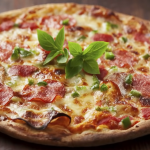
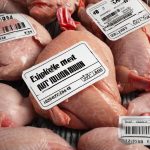

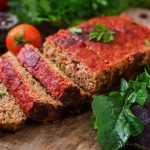


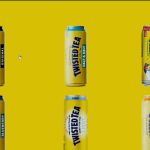

Wrapping by temperature is a beginner mistake. You wrap when the bark is ready and the outter fat is rendered. That could be 180f… Whatever you like the bark at, but it’s typically not great by 160-165f when beginners think they need to wrap. The fat is definitely not rendered by then.
The temp is not absolute. You need to cook past the stall before wrapping. Now, certainly you do not have to wrap. Paper wrap is a good crutch to use to keep the meat moist at eatin time. Paper allows a little “breathing” of smoke in and water out.
Never have wrapped a piece of brisket on the BBQ in my life. 30+ years of BBQing.
Thanks for taking the time to comment.
Thanks for taking the time to comment.
Thanks for taking the time to comment.